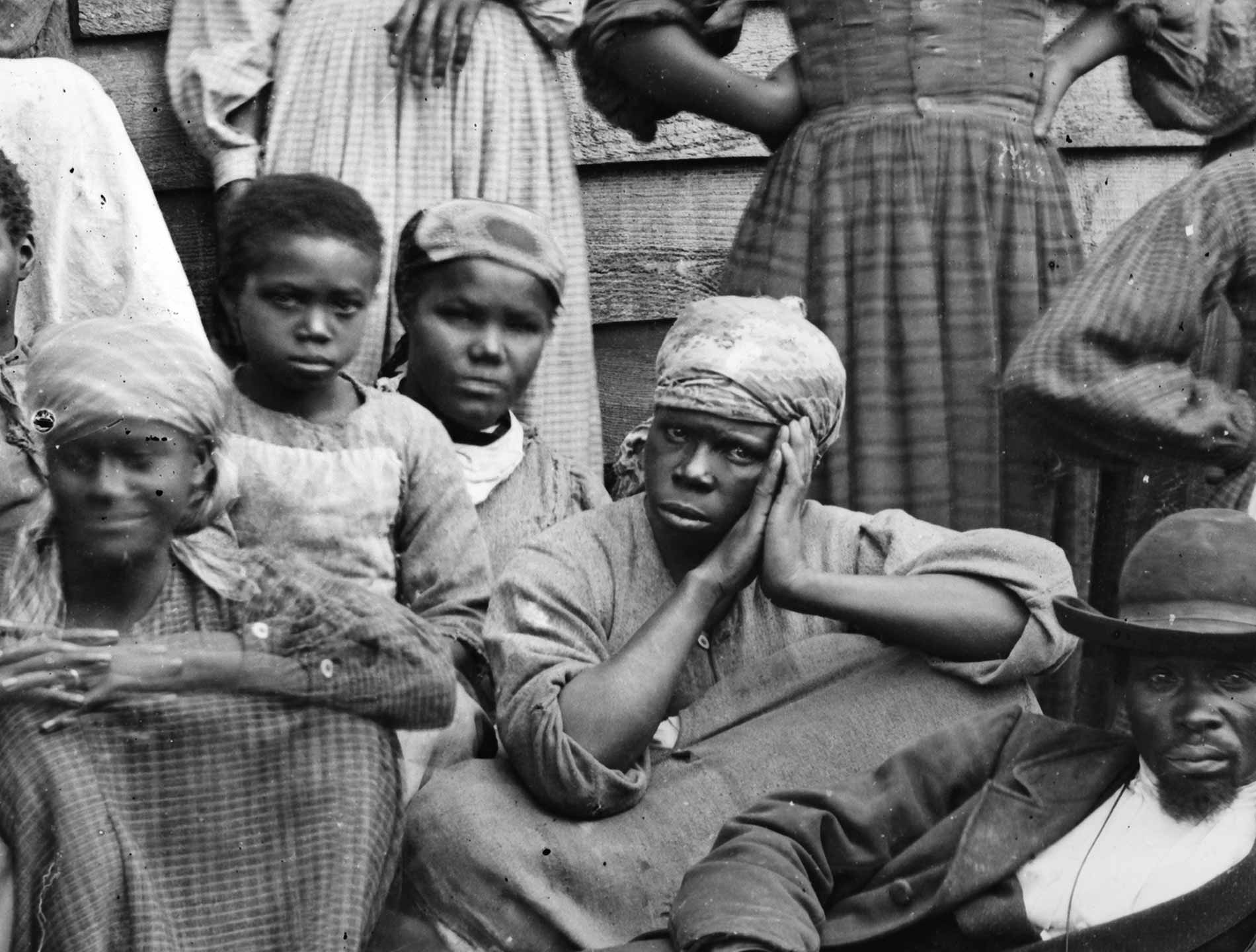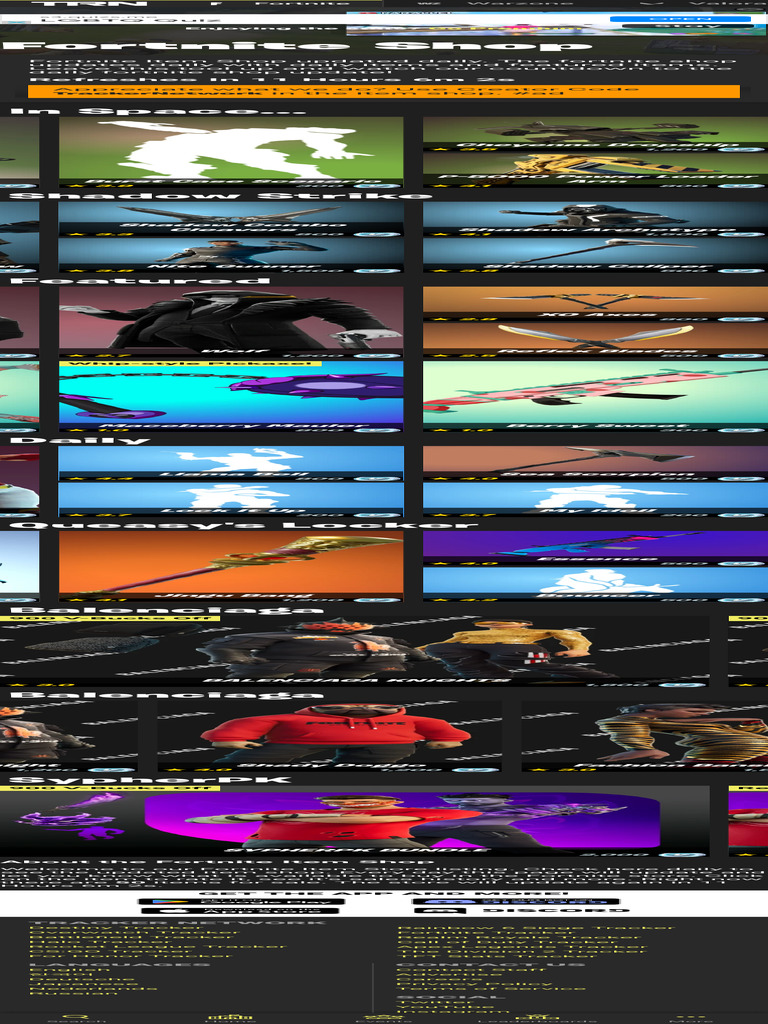Exploring The Evolution Of Housing In South Korea: A New Museum Exhibit

Table of Contents
South Korea's dramatic economic and social transformation is vividly reflected in the evolution of its housing. From traditional hanok to modern high-rises, a fascinating journey through architectural styles and living spaces awaits at a new museum exhibit dedicated to exploring the South Korean housing evolution. This exhibit provides a comprehensive look at the changes in housing over the decades, revealing the country's unique history and cultural identity. It's a must-see for anyone interested in architecture, history, and Korean culture.
Traditional Korean Housing (Hanok): The Foundation
Architectural Features of Hanok
The hanok, traditional Korean houses, represent a sophisticated blend of architecture and nature. Their design embodies centuries of accumulated wisdom in sustainable living. Key features include:
- Natural Materials: Hanok are primarily constructed using natural materials like wood, paper (Hanji), and clay tiles. These materials provide excellent insulation and contribute to a healthy indoor environment.
- Ondol Underfloor Heating: The ondol system, a unique underfloor heating system, utilizes radiant heat from a nearby fire pit or furnace to gently warm the floors. This efficient and eco-friendly system is a defining characteristic of hanok architecture and crucial to comfortable living in Korea's often harsh winters.
- Spatial Layout: The layout of a hanok reflects Korean social structure and philosophy. Rooms are interconnected by hallways, creating a fluid and adaptable living space. Courtyards provide natural light and ventilation. The design emphasizes harmony between the dwelling and its natural surroundings.
- Notable Examples: Many beautifully preserved hanok can be found in Bukchon Hanok Village in Seoul, offering a glimpse into the past. These structures showcase the artistry and craftsmanship of traditional Korean builders. Images of these villages and individual hanok are included in the exhibit.
Hanok's Adaptation and Preservation in Modern Korea
Despite the rapid modernization of South Korea, efforts are underway to preserve and adapt hanok for contemporary living.
- Preservation Initiatives: The South Korean government and numerous organizations are actively involved in restoring and preserving existing hanok. This involves painstaking work to maintain traditional building techniques and materials.
- Challenges of Preservation: Maintaining traditional building techniques presents significant challenges due to the scarcity of skilled craftsmen and the cost of using traditional materials.
- Modern Interpretations: Architects are increasingly incorporating hanok design principles into modern buildings. This results in structures that blend traditional aesthetics with modern amenities and sustainable building practices. The exhibit includes examples of this innovative fusion of old and new.
- Statistics on Hanok Preservation: The exhibit will present current statistics on the number of remaining hanok and the success of preservation initiatives, highlighting the ongoing commitment to protecting this vital part of Korean heritage.
The Rapid Growth of Urban Housing Post-War
The Impact of the Korean War on Housing
The Korean War (1950-1953) devastated the country's infrastructure, including housing. The post-war period witnessed a pressing need for rapid reconstruction.
- Widespread Destruction: The war resulted in the widespread destruction of homes and cities, leaving millions homeless.
- Shift to Standardized Housing: The urgency of the situation led to a shift towards more standardized and mass-produced housing solutions, often prioritizing speed and affordability over architectural sophistication.
- Post-War Housing Developments: The exhibit will feature images and descriptions of post-war housing developments, illustrating the stark contrast between pre-war architecture and the functional, often austere, buildings that emerged in the aftermath of the conflict.
The Rise of Apartment Complexes (Apt)
The post-war period saw the rise of apartment complexes (apt), which became the dominant form of urban housing in South Korea.
- Evolution of Apartment Design: The exhibit will trace the evolution of apartment design, from basic, functional units to the increasingly sophisticated and luxurious buildings that characterize contemporary South Korean cities.
- Economic and Social Factors: Rapid urbanization, economic growth, and changing lifestyles fueled the popularity of apartment living, offering convenient and relatively affordable housing options for a growing population.
- Impact of Urbanization: The concentration of the population in urban centers led to a massive increase in demand for apartment housing, transforming the urban landscape.
- Data on Apartment Living: The exhibit will present data reflecting the increasing percentage of the Korean population living in apartments, underscoring the profound impact of this housing type on South Korean society.
Modern Architectural Innovations and Sustainable Housing
Influence of International Architectural Styles
South Korea's modern architecture reflects the influence of international styles while maintaining a distinct national identity.
- Adoption of Modern Trends: The exhibit will explore the adoption of various modern architectural trends in South Korean housing, including minimalist designs, high-tech constructions, and sustainable building practices.
- Leading Architects: The contribution of influential South Korean architects will be highlighted, showcasing their innovative designs and their impact on the country’s built environment.
- Award-Winning Buildings: The exhibit will showcase examples of innovative and award-winning residential buildings, demonstrating South Korea's leading role in contemporary architecture. High-quality images will be a significant component of this section.
The Growing Focus on Sustainable and Eco-Friendly Housing
Increasing environmental awareness has spurred a significant focus on sustainable and eco-friendly housing in South Korea.
- Energy-Efficient Buildings: The demand for energy-efficient buildings is steadily increasing, driven by both environmental concerns and rising energy costs.
- Green Building Technologies: The integration of green building technologies, such as solar panels and rainwater harvesting systems, is becoming more prevalent in new construction projects.
- Government Initiatives: The South Korean government has implemented various initiatives to promote sustainable housing practices and incentivize green building construction.
- Examples of Green Building Projects: The exhibit will showcase examples of successful green building projects and analyze their environmental impact and economic viability.
Conclusion
This new museum exhibit offers a unique and insightful journey through the South Korean housing evolution. From the elegant simplicity of traditional hanok to the modern architectural marvels of today, the exhibit showcases the dynamic relationship between housing, culture, and societal change in South Korea. By exploring the various stages and influences on housing development, we gain a richer understanding of the nation's history and its aspirations for the future. Don't miss this opportunity to explore the fascinating world of South Korean Housing Evolution! Visit the museum today to experience this captivating exhibit and learn more about the rich tapestry of Korean housing history.

Featured Posts
-
 England Women Vs Spain Women Match Preview Prediction And Lineups
May 03, 2025
England Women Vs Spain Women Match Preview Prediction And Lineups
May 03, 2025 -
 Beijings Trade War Pain Hiding Economic Weakness From America
May 03, 2025
Beijings Trade War Pain Hiding Economic Weakness From America
May 03, 2025 -
 Grab Free Captain America Cosmetics From The Fortnite Item Shop
May 03, 2025
Grab Free Captain America Cosmetics From The Fortnite Item Shop
May 03, 2025 -
 Open Ai Simplifies Voice Assistant Development 2024 Event Highlights
May 03, 2025
Open Ai Simplifies Voice Assistant Development 2024 Event Highlights
May 03, 2025 -
 Sony Compensates Play Station Users For Christmas Voucher Issue
May 03, 2025
Sony Compensates Play Station Users For Christmas Voucher Issue
May 03, 2025
